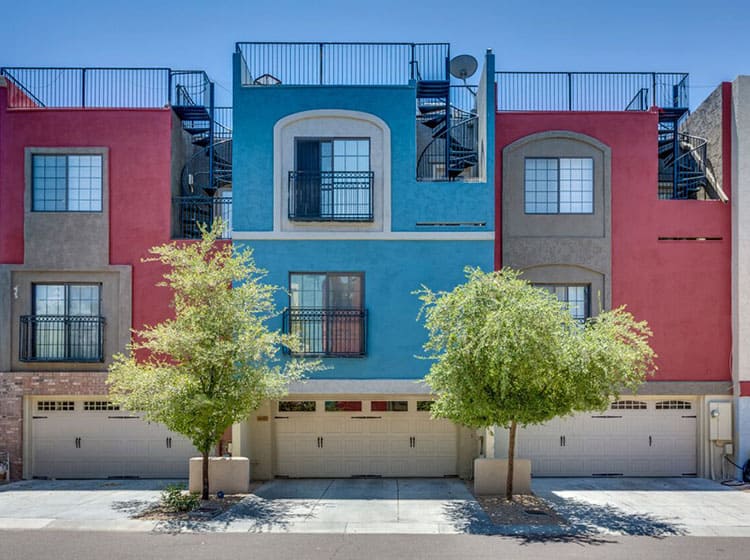Discover Exactly How Seasonal Factors Influence Business Exterior Painting Success And Uncover The Most Effective Times To Make Sure Long-Term Outcomes For Your Task
Discover Exactly How Seasonal Factors Influence Business Exterior Painting Success And Uncover The Most Effective Times To Make Sure Long-Term Outcomes For Your Task
Blog Article
Written By-Leach Rosendal
When you're preparing a commercial outside paint project, seasonal variables can make or damage your results. You'll wish to consider exactly how temperature and moisture influence paint application and drying times. Choosing the best season can ensure your paint adheres effectively and lasts much longer. Yet which periods are really the most effective for this sort of work? Let's check out the key elements that can affect your task's success.
The Effect of Temperature on Paint Application
When you're intending an industrial exterior paint task, the temperature level can substantially impact exactly how well the paint sticks and dries.
Ideally, you intend to repaint when temperature levels vary in between 50 ° F and 85 ° F. If it's as well cool, the paint may not cure appropriately, causing concerns like peeling off or splitting.
On the other side, if it's too hot, the paint can dry also quickly, preventing appropriate adhesion and causing an unequal finish.
You need to also consider the time of day; early morning or late afternoon uses cooler temperatures, which can be extra beneficial.
Always examine the producer's referrals for the particular paint you're using, as they often give assistance on the optimal temperature level variety for optimal results.
Moisture and Its Impact on Drying Times
Temperature level isn't the only ecological aspect that affects your commercial exterior painting job; humidity plays a considerable duty as well. High humidity levels can decrease drying times drastically, affecting the overall high quality of your paint work.
When the air is filled with wetness, the paint takes longer to cure, which can result in issues like inadequate adhesion and a greater risk of mold development. If you're repainting on a particularly damp day, be planned for extensive delay times between coats.
It's important to keep track of regional weather and plan as necessary. Preferably, aim for humidity levels between 40% and 70% for ideal drying out.
Keeping these factors in mind guarantees your job stays on track and supplies a long-term surface.
Best Seasons for Commercial Exterior Paint Projects
What's the best season for your commercial external painting tasks?
https://www.bobvila.com/articles/best-interior-paint/ and very early loss are generally your best options. Throughout these seasons, temperatures are light, and moisture degrees are typically reduced, producing optimal problems for paint application and drying out.
Stay clear of summer season's intense heat, which can create paint to dry too promptly, bring about poor adhesion and surface. Similarly, winter's chilly temperature levels can impede proper drying out and healing, running the risk of the durability of your paint job.
Go for days with temperatures in between 50 ° F and 85 ° F for optimum outcomes. Keep in mind to examine the local weather report for rainfall, as wet problems can wreck your project.
Preparation around these variables ensures your paint task runs smoothly and lasts much longer.
Conclusion
Finally, preparing your business external painting jobs around seasonal considerations can make a significant difference in the end result. By organizing painting minneapolis throughout the excellent temperature levels and moisture degrees, you'll ensure far better attachment and drying out times. Keep in mind to watch on neighborhood weather forecasts and choose the correct time of year-- springtime and early loss are your best options. Taking these actions will assist you achieve a long lasting and professional coating that lasts.
